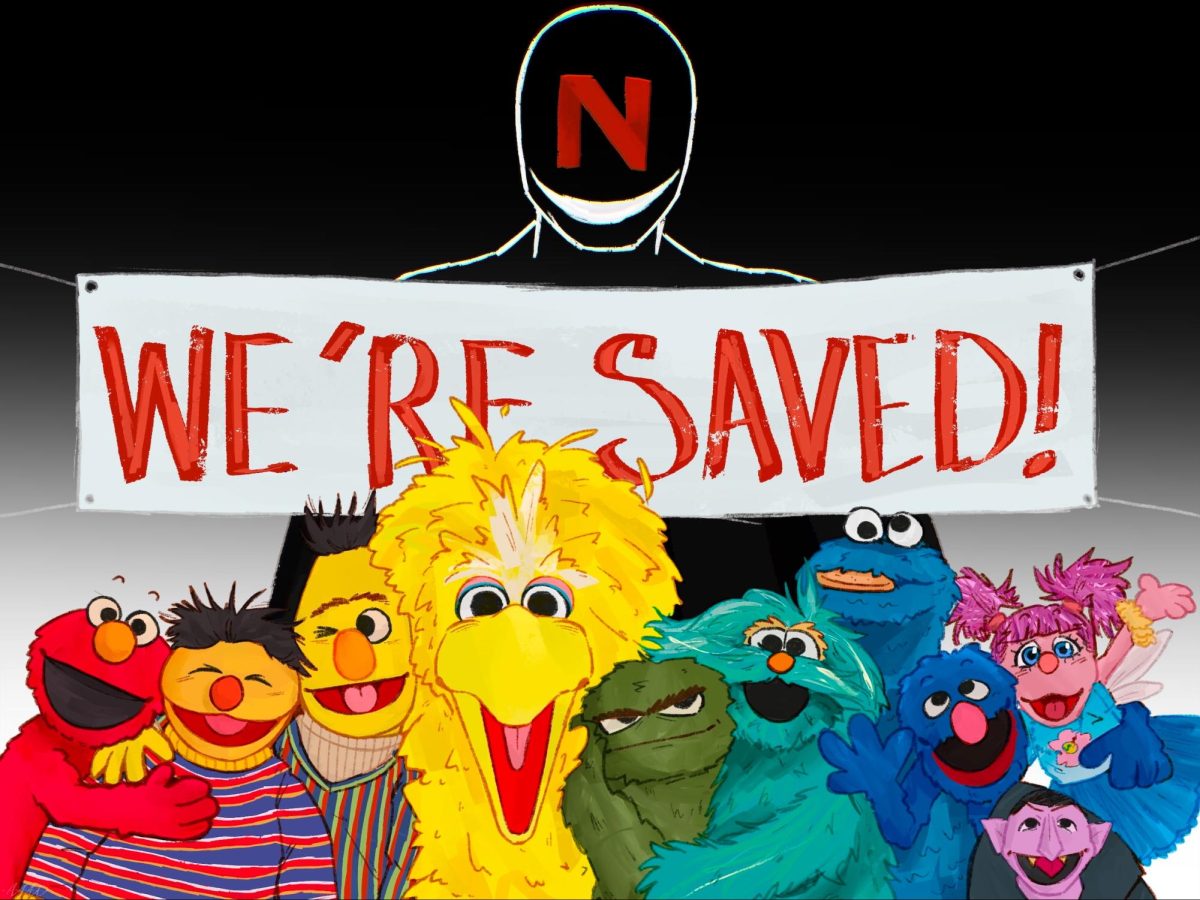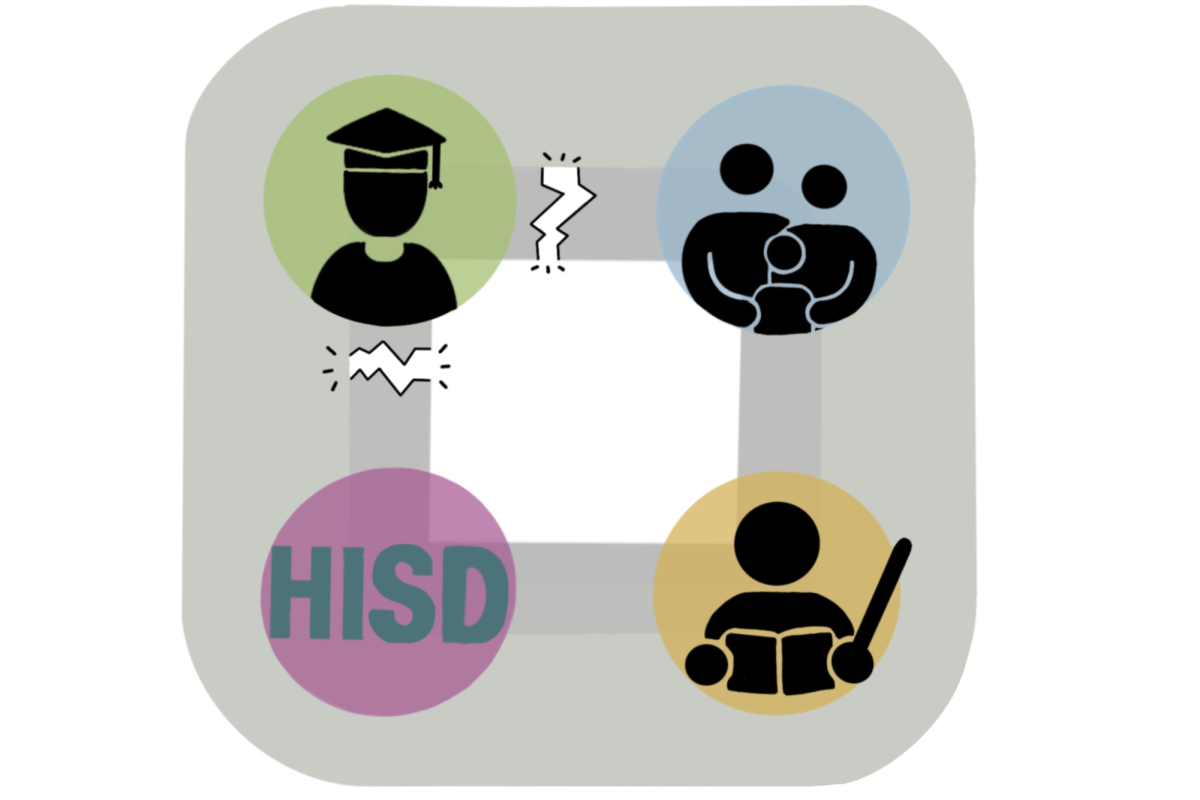La-la-la-la.
La-la-la-la.
Netflix’s world?
On May 2, President Donald Trump signed an executive order directing federal funding cuts to PBS and NPR. Among other concerns, one of the biggest fears was the fate of one of the world’s most beloved television series: “Sesame Street.”
Seventeen days later, streaming monopoly and video-on-demand conglomerate Netflix announced a new way to get to “Sesame Street” – through them. Starting later this year, Netflix will run “90 hours of previous episodes” and, beginning with the show’s 56th season, release episodes day-and-date to PBS, PBS Kids and Netflix.
Spanning more than 55 years and containing 4,731 episodes, the Sesame Workshop has invited children across the globe to learn and laugh on the edutainment roadway of “Sesame Street.”
Kids have been taught the importance of hygiene with Ernie’s rubber ducky, grown an affinity for chocolate chip delicacies alongside Cookie Monster and (of course) learned the alphabet with Elmo’s Letter of the Day.
The best part? No matter who they were or how much money they had, children would be welcomed in with open arms and without ads – even if they didn’t have cable.
A partnership with Netflix contrasts this previous, near-classless approach, as their monthly prices range from $7.99 with ads to $24.99 for the “premium plan,” prices that now increase if an account is shared with multiple people.
Although this means that “Sesame Street” is sure to keep running even if PBS’ budget cuts lead to potential network shutdown, it drastically damages the ability of the low-income households that make up 56% of PBS’ viewership to watch “Sesame Street.”
For families that pay $0 a month right now to see the show, a jump to upwards of $25 a month to view Sesame Street as it aired on PBS (without any ads) would be impossible and ultimately stop an entire generation of low-income children from viewing the show.
As television has become an essential part of childhood development, Sesame Street has cemented itself as a keystone in educational programming, an idea that economist Melissa S. Kearney and professor of economics Phillip B. Levine directly explored in their 2019 American Economic Journal study, “Early Childhood Education by Television: Lessons from Sesame Street.”
Not only did the study’s findings support that “Sesame Street” “generated a positive impact on educational outcomes through the early school years” and that those who watched it were “more likely to be employed and have somewhat higher wages as adults,” it found that these outcomes were even greater for Black and Latino individuals.
While Netflix’s partnership provides a bright future for the show itself, its unclear conditions fail to support the groups that PBS has tried to lift up across the lifespan of “Sesame Street.” For the Sesame Workshop’s mission, which they themselves identify as “helping children everywhere grow smarter, stronger, and kinder,” to truly succeed, “Sesame Street” needs to remain available for all children no matter what.
All we can hope now is that, on a Sunny Day in the near-future, when we ask the ever-famous question: “Can you tell me how to get to Sesame Street?”
The response won’t be behind a paywall.











Lillian Harris • Aug 27, 2025 at 3:57 pm
Love this piece. Well written. I especially like the clever and catchy ending. Nice tribute to the show that we all grew up loving. Well done Davis!